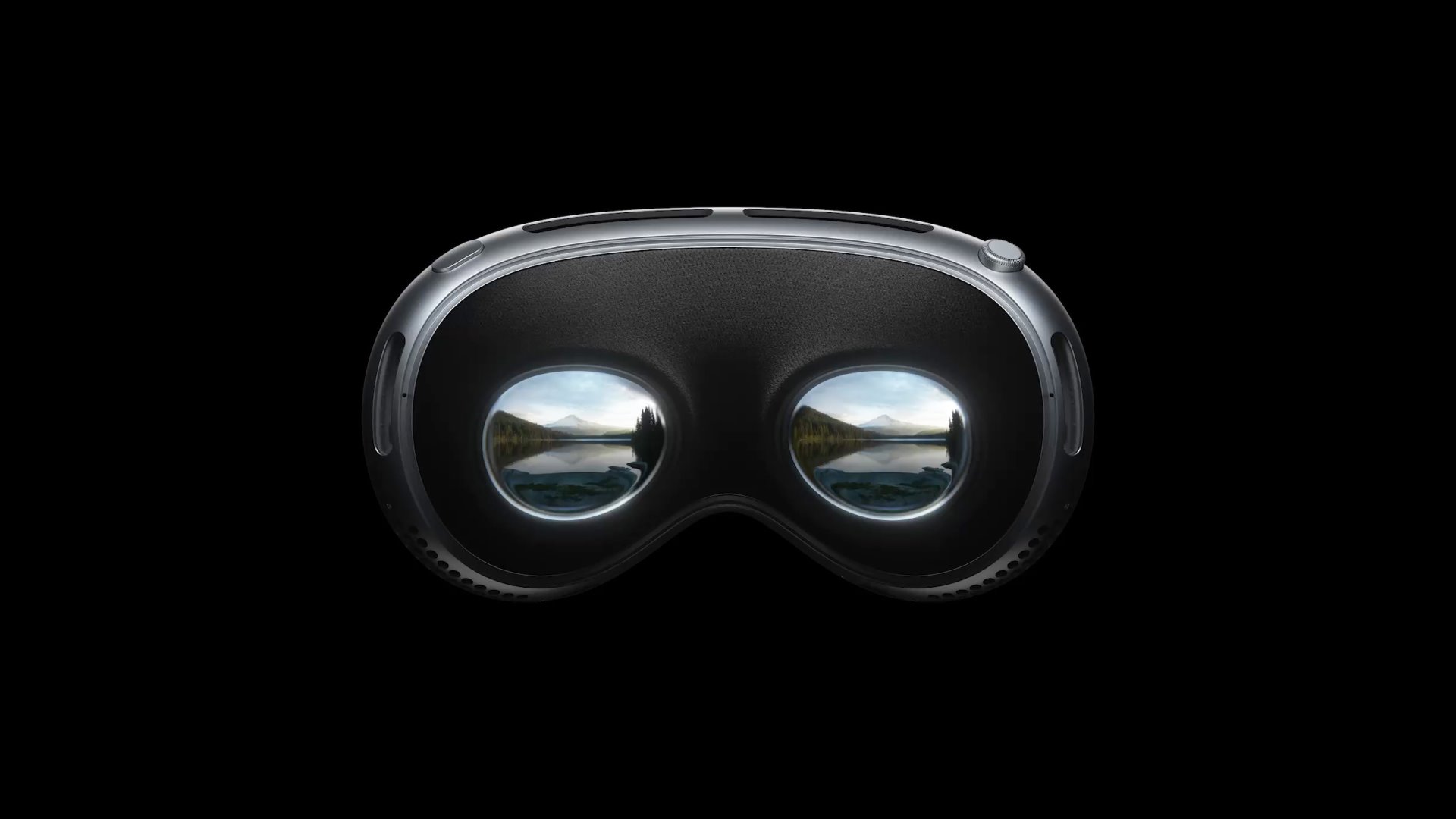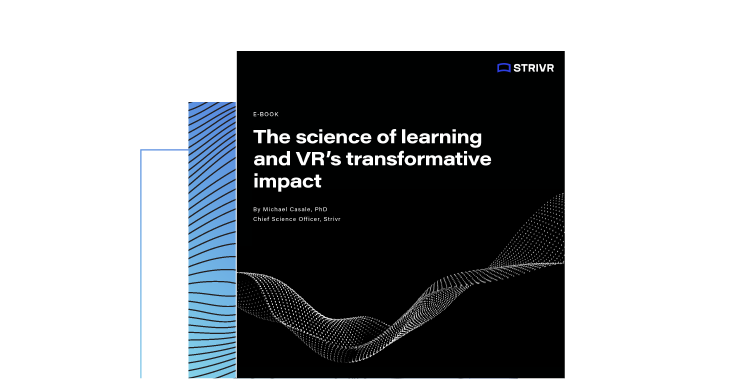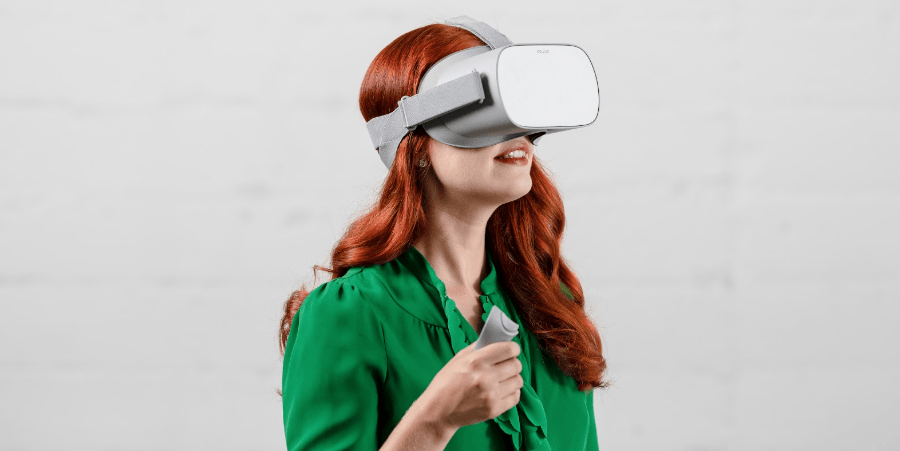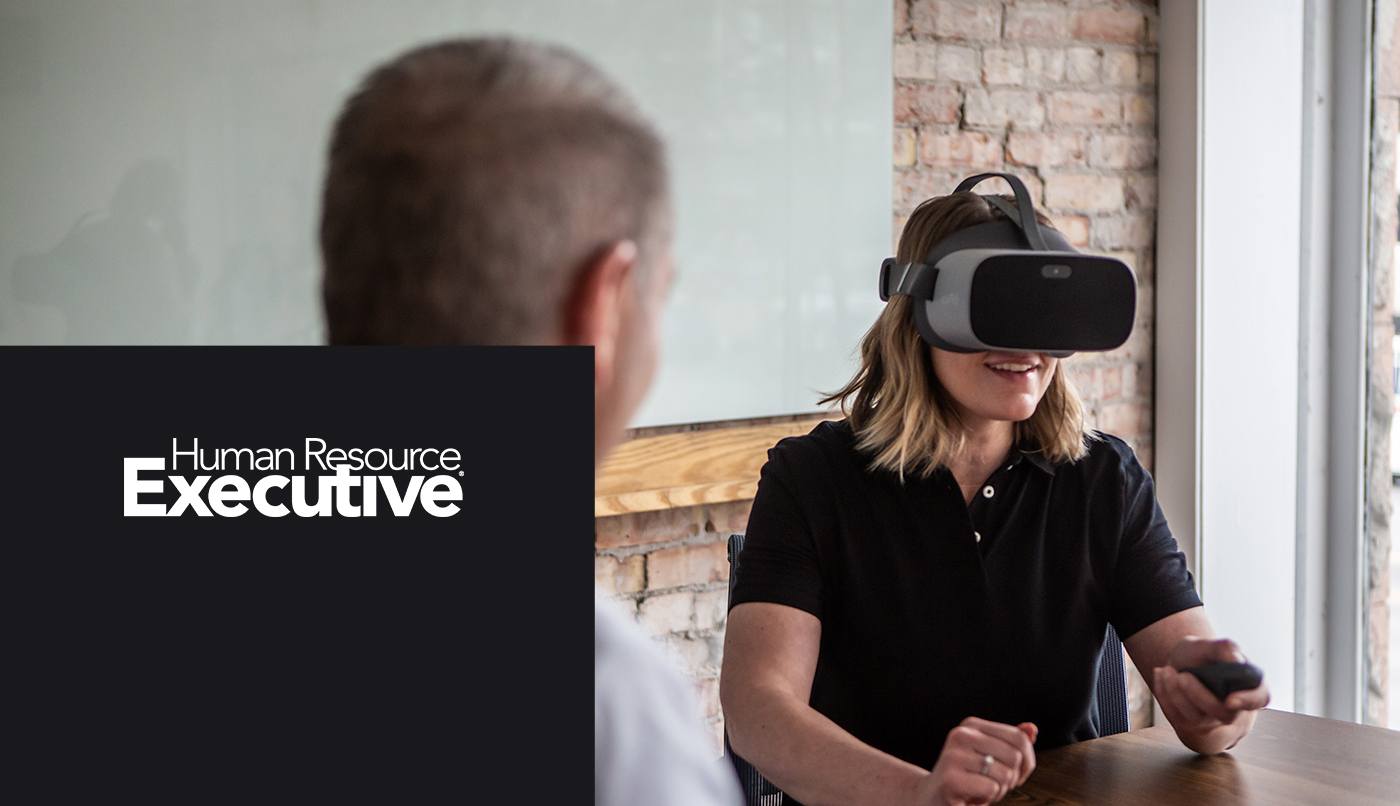To adapt with fluid stay-at-home orders and an onset of new safety regulations, companies are coping with remote work and social distancing by turning to e-learning for hiring, onboarding, and training.
The shift to e-learning is great for the short term. It fills the immediate void of in-person classroom meet-ups on corporate values and job training. However, it will not meet the long term needs of the business.
In fact, e-learning may not even carry you through COVID altogether.
L&D leaders are at a crossroads. This is an opportunity to assess and evaluate how you are investing in the skills of your workforce as well as how you can effectively deliver learning solutions to make an impact on the business.
Where e-learning falls short
L&D teams have been quick to deploy e-learning modules in place of classroom and cluster training. In this time of change, it is important to embrace it. But let’s not forget that e-learning has its challenges.
In fact, learners have reported forgetting as much as 90% of what they learn within 30 days after completing a course, unless it was continually reinforced by others within the business.
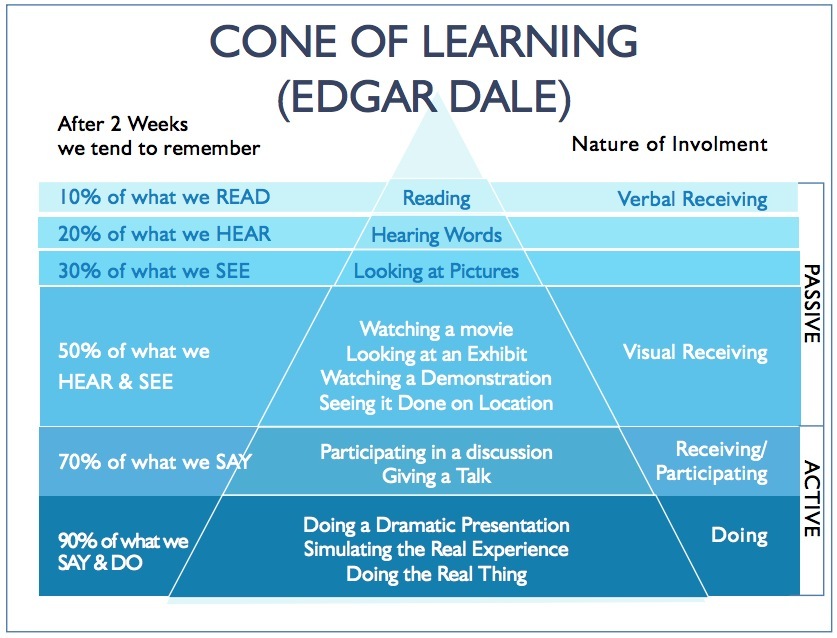
E-learning, especially as a substitute for in-person learning, tends to unload a large quantity of information onto learners. Assessment questions tend not to test proficiency, but rather memory and, in some cases, common sense.
E-learning lacks critical elements for effective learning, like the ability to practice new skills, experience real world situations, and make decisions in real time – just like you would on the job.
– Dr. Michael Casale, cognitive neuroscientist & Chief Science Officer, Strivr
Wouldn’t it be better if employees had access to remote training courses where they were able to see, hear, and interact with the people and environment in which they’ll be working? What if employees had a high-degree of confidence for their first day on the job?
Why not capitalize on this time when employees are hungrier to learn than ever before?
Let’s reimagine a better learning experience, effective and engaging enough to get you through COVID and beyond.
VR for remote, experiential learning
Virtual Reality training presents a real opportunity for HR and L&D leaders to engage employees outside of group gatherings, traditional classroom environments, and on-the-job instruction.
Think of it this way: rather than continued staring at laptops, employees get up from their chairs and enter a fully immersive virtual environment that replicates their workplace.
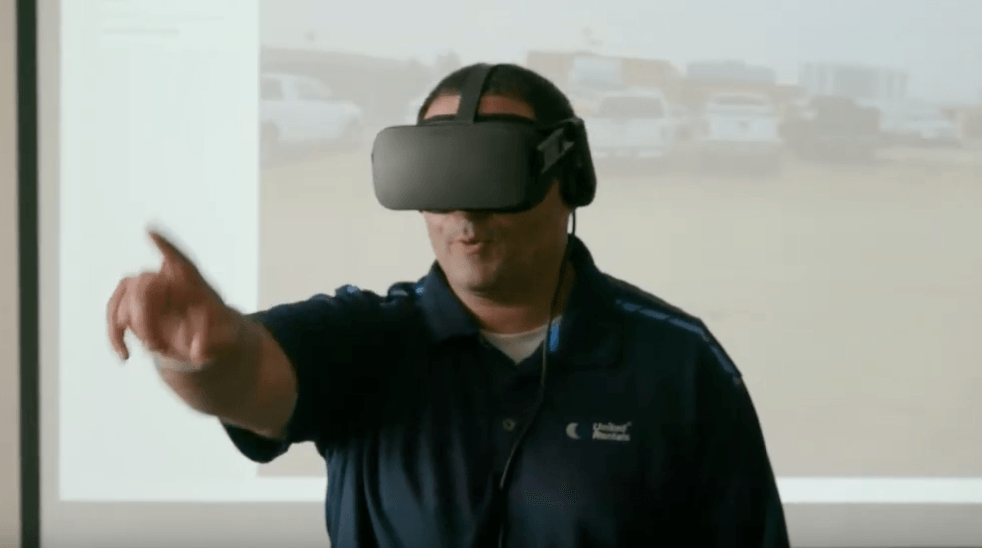
They see, hear, and feel all the same things they will when they’re on the job. They can practice new skills and capabilities on-demand. And they’re no longer bored. They’re fully engaged.
This VR-based approach is experiential learning taken to the next level: Immersive Learning. Based in 20 years of research, Immersive Learning combines VR with advanced learning theory, data science, and spatial design, and is far more engaging and memorable than traditional methods like e-learning.
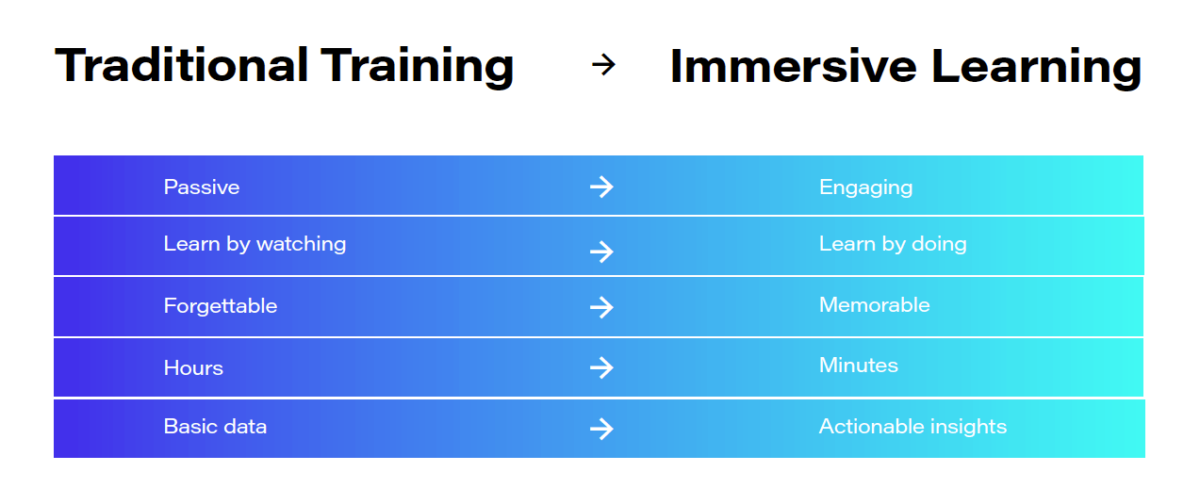
Studies from Accenture have shown that learning through experience increases learning quality and improves retention by up to 75%. Immersive Learning extends beyond e-learning by:
- Providing real-world behavioral changes between a learner and the environment
- Physically engaging the learner for higher impact and retention
- Enabling repetition of a scenario on-demand
- Providing safe access to risky, hard to replicate situations
- Delivering unique, actionable data and insights to the learning organization
Instead of a rip-and-replace approach, Immersive Learning seamlessly integrates with existing learning infrastructure.
Adding experiential training in VR helps create a holistic training approach that ultimately elevates performance. Companies embracing Immersive Learning have upskilled and measured employee performance in the areas of health and safety, operational efficiency, customer service, and soft skills.
“For us, VR is not just a shiny toy, this is part of our actual learning strategy when we think about how we can keep equipping associates to learn new skills for the job.”
– Heather Durtschi, Sr. Director, Learning Content Design & Development, Walmart
Using VR to complement e-learning
Fortune 1000 leaders like Walmart, Verizon, Sprouts, and Fidelity have embedded Immersive Learning into their training approach, alongside other methods like e-learning.
One global retailer uses a blended learning approach in their 200 Academies that consists of e-learning, Immersive Learning, and other methods. Together with Strivr, their L&D team has determined where VR works best as an addition or substitution within the learning curriculum.
In every VR module, we use cognitive science to capitalize on proven behavioral learning principles that e-learning modules simply cannot utilize. These principles are made possible by complete immersion in Virtual Reality, and they improve employee engagement, knowledge retention, and performance.
Rolling out new processes, improving soft skills, new manager training, and customer service are all areas that this essential retailer uses Immersive Learning in conjunction with other training methods.
In addition, the company’s LRS houses all training data, including data from Immersive Learning. This gives their team a more holistic, deeper understanding of each employee.
A watershed moment for L&D
L&D leaders, you are at a watershed moment. As you work to embrace and engage a remote workforce and ultimately onboard and train new employees to be ready for their jobs faster, why not use the current appetite for learning to your advantage?
Combat learning fatigue and boredom. Drive your company in a powerful and impactful direction with VR-based Immersive Learning.
Learn more in The Ultimate Guide to Immersive Learning.
Learn More
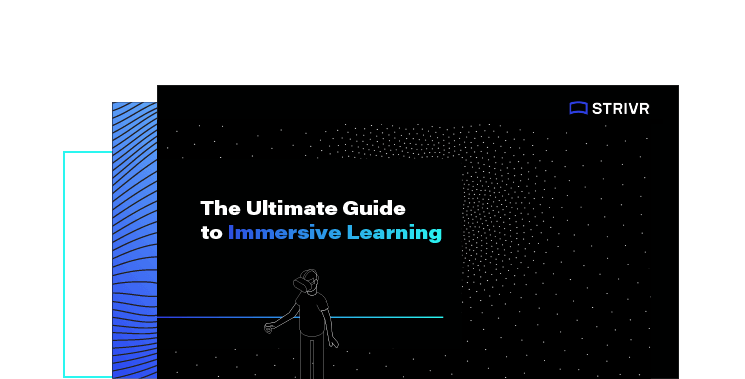
The Ultimate Guide to Immersive Learning
Discover frameworks, methodologies, and tactics that have never been shared broadly before, giving you unprecedented access “behind the scenes” of a scaled Immersive Learning deployment.
Get the guide


